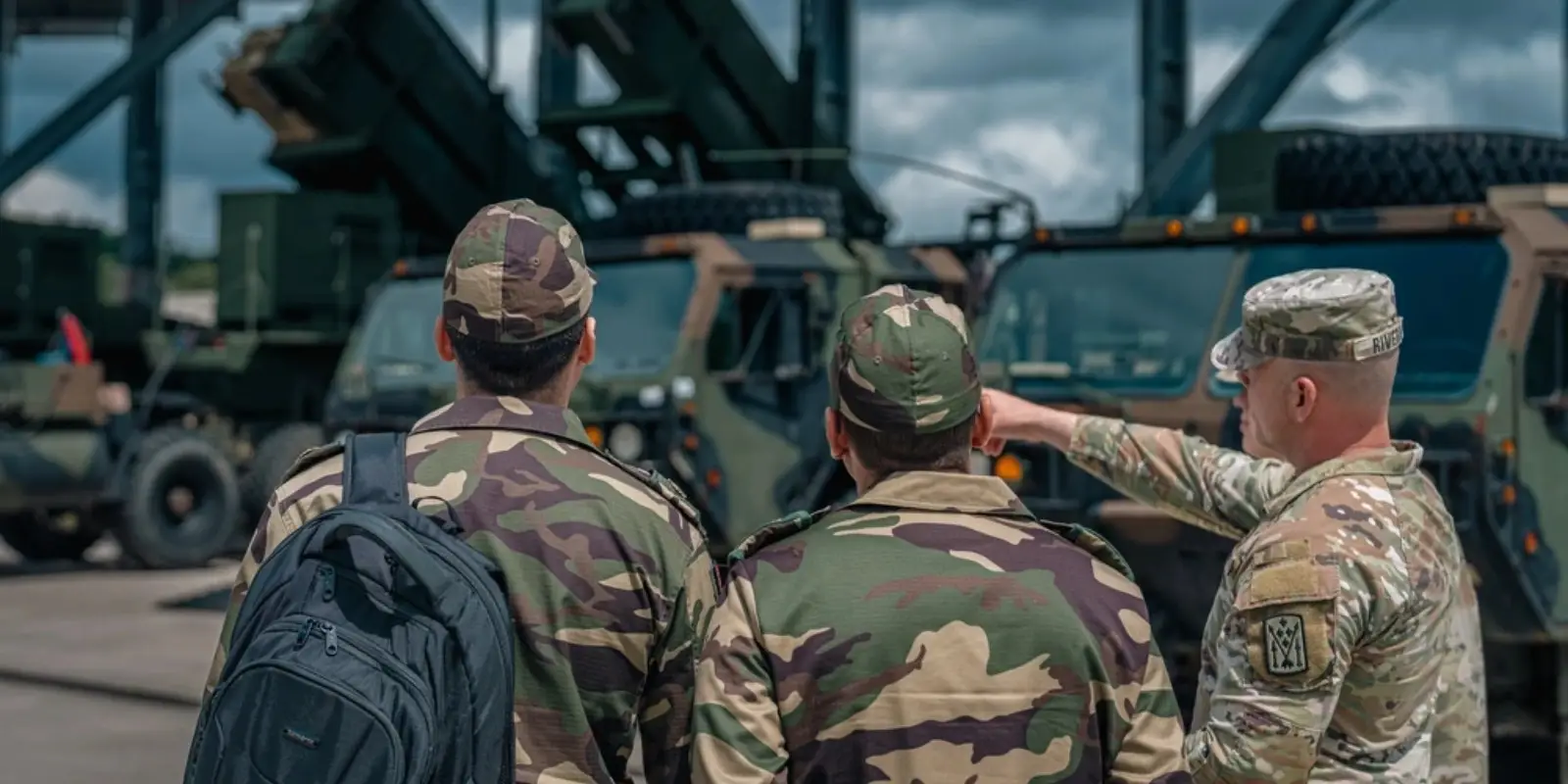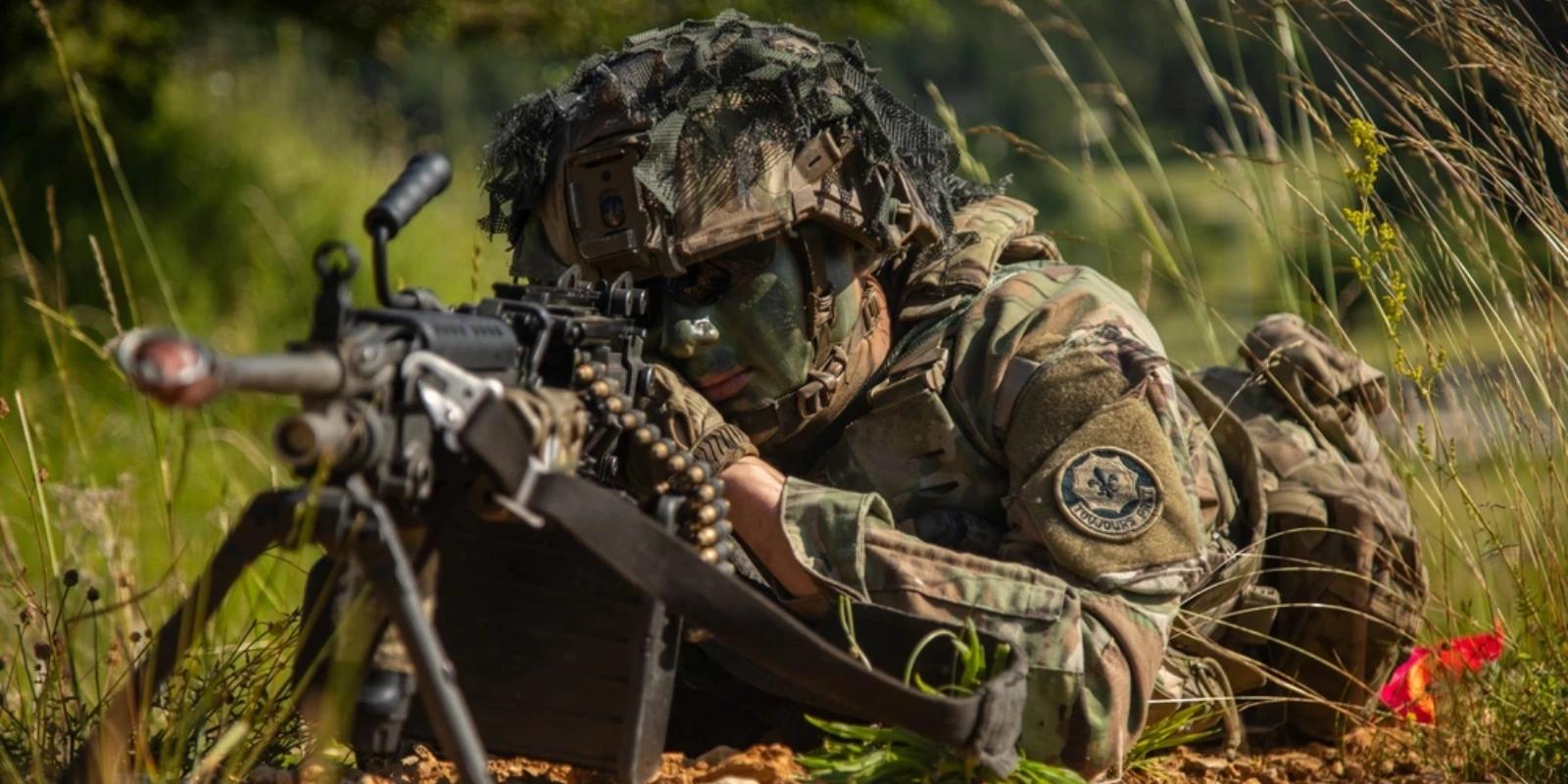ARMY IS EXPECTED TO GROW ITS AIR & MISSILE DEFENSE FORCE BY 30%

The US Army is planning on expanding its ability to take out threats in the sky in a big way. By nearly a third, as a matter of fact. The coming addition of three Patriot missile battalions equipped with new radar systems, five Indirect Fire Protection Capability (IFPC) battalions, and a whopping seven batteries of Counter-Unmanned Aircraft Systems (C-UAS) will increase the branch’s air defense capabilities by 30%. These new units, which US Army Space and Missile Defense Command (USASMCD) commander Lieutenant General Sean Gainey discussed at the Space and Missile Defense Symposium in Huntsville, Alabama earlier this week, would stand up over the course of the next eight years. These new air defense formations will be key in boosting the Army’s ability to deal with some of the most pervasive and difficult threats on today’s battlefields.
Why the Army’s Adding More Air Defense Units
The addition of these new anti-air units stems from the much-necessity of proper anti-missile and drone defenses made apparent by several recent and ongoing conflicts. The widespread use of long-range missiles and a wide array of drones in the War in Ukraine has indisputably demonstrated the great importance of defensive systems aimed at countering those weapons.
The Patriot missile launchers given to the Ukrainian armed forces by the United States and its European allies have been particularly effective in shooting down Russian planes and missiles.
Additionally, the multiple ongoing conflicts throughout the Middle East have further demonstrated the danger that drone attacks, particularly so-called “swarm attacks” involving numerous cheap drones attacking larger targets, pose in both near-peer and asymmetrical warfare.
From Iran’s unsuccessful swarm attack on Israel in June to Ukraine’s successful Operation Spiderweb earlier that same month, the need for advanced techniques to defeat unmanned aircraft of all kinds and price points has never been clearer. And the US Army’s recognition of these realities led it to plan the creation of these new units.
What is the Patriot?
While the name of this weapon system has been known to the public and tossed about in headlines and news stories for decades, exactly what it is and does are not as widely understood.
The MIM-104 Patriot is a mobile surface-to-air (SAM) missile launcher capable of targeting enemy missiles and aircraft. Developed throughout the 1970s and 80s, the system first saw combat in the First Gulf War. Despite initial reports of high success, the weapon performed poorly during the conflict.
Its reputation improved somewhat over the following years, but a trio of fatal friendly fire incidents in the early days of the Iraq War brought its usefulness into question again. However, subsequent modifications and improvements turned the Patriot into an extremely effective anti-air defense implement.
Its service in the War in Ukraine has proved the updated version’s effectiveness in combat. And the new Lower-Tier Air and Missile Defense Sensor (LTAMDS) built into these new Patriot batteries will surely further enhance their capabilities.
What are Indirect Fire Capability Battalions?
While the Patriots are designed to take down larger threats from above, from missiles to airplanes, the Indirect Fire Capability battalions will field an interceptor system designed to take down everything from cruise missiles to mortars and plenty of targets in between.
Armed with the Indirect Fire Protection Capability (IFPC) system, these units will deploy these launchers that can shoot down pretty much any indirectly launched projectile. And drones to boot.
What are Counter-Unmanned Aircraft Systems?
The Patriot and the IFPC system are designed to take down a variety of airborne threats to ground forces. But the Army’s C-UAS systems and devices are designed to defeat what are arguably the most iconic and ubiquitous weapons of 21st century warfare: drones.
From fixed devices, to those mounted atop vehicles, to ones single soldiers or teams of them can operate, this family of weapons will allow American Soldiers to knock all sorts of unmanned aircraft out of the sky.
All told, the upcoming expansion of the US Army’s air defense units is a necessary and important step in upgrading the service’s ability to defeat some of the most serious threats in modern warfare. These new units will greatly increase the branch’s ability to protect its troops, vehicles, and bases from aerial munitions and drones in whatever future conflicts America faces.
Suggested reads:
SHARE:
TAGS:
JOIN OUR NEWSLETTER
Get the latest news and military discounts



